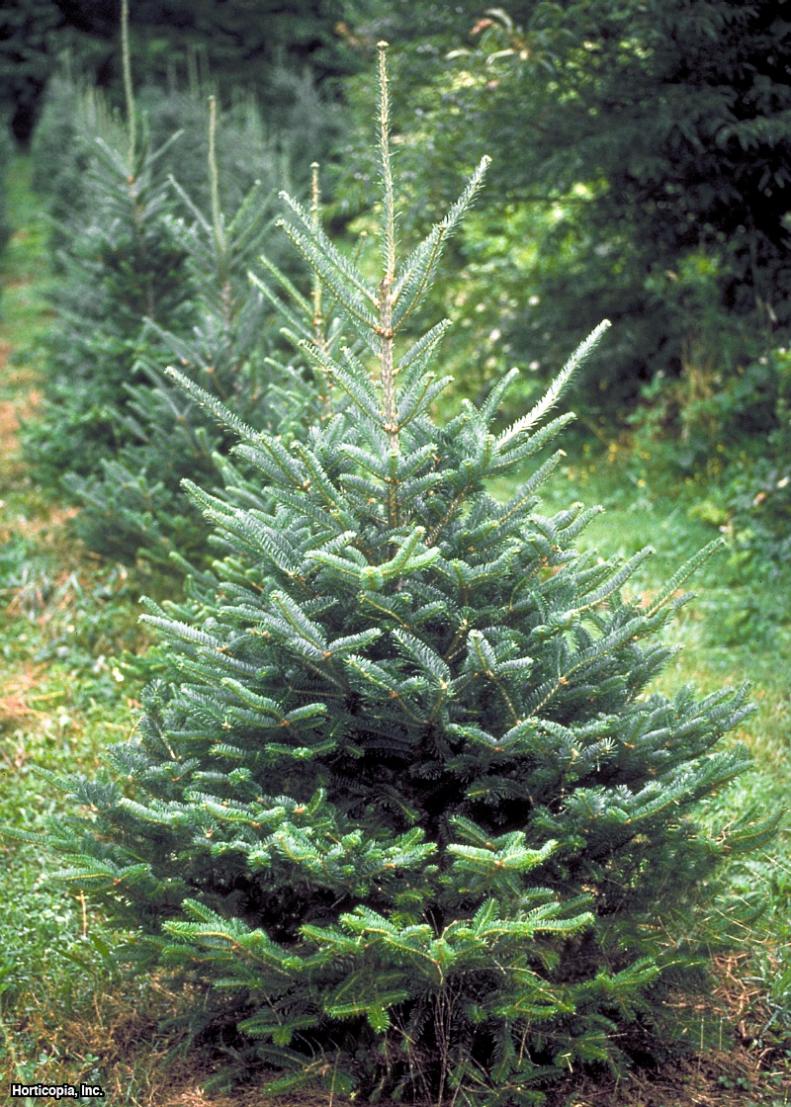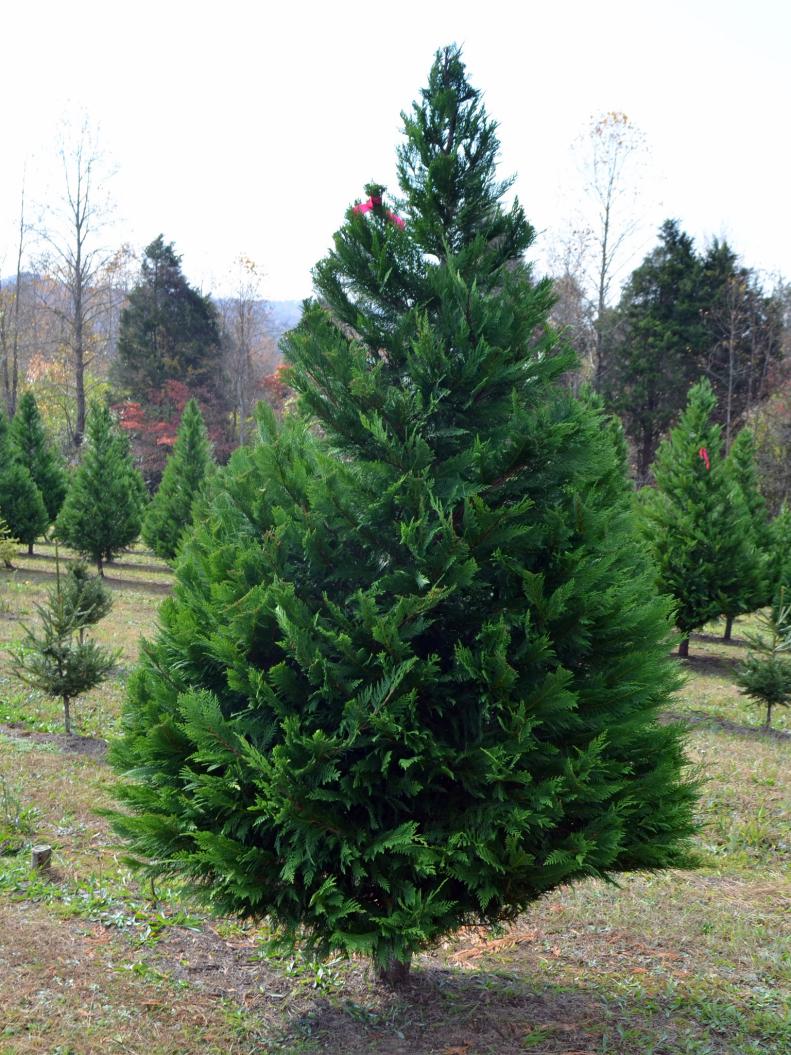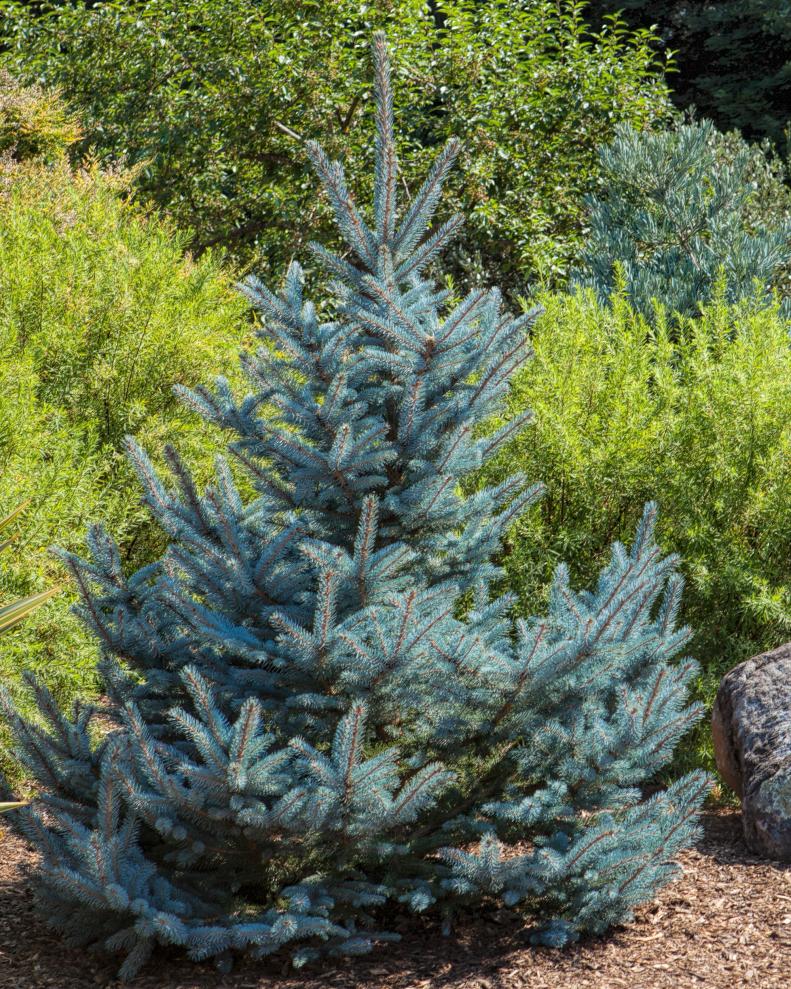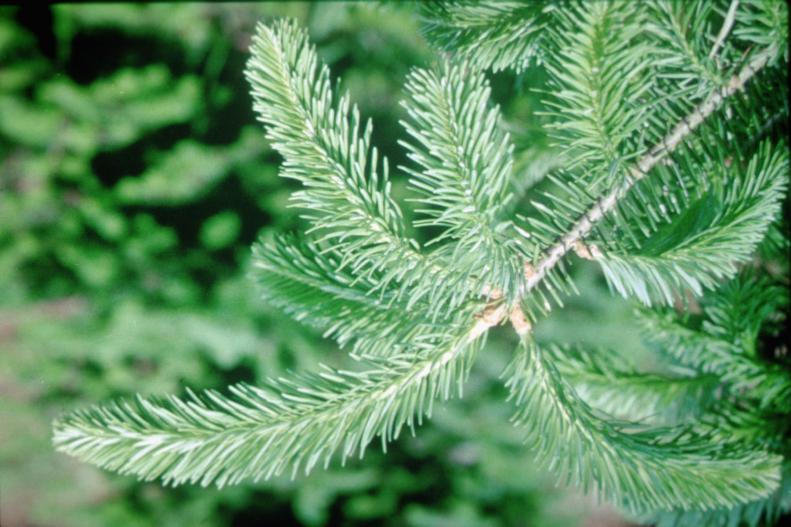Fraser Firs and 12 More Popular Real Christmas Trees
Cutting a fresh tree or picking the perfect Christmas tree from your local lot is a cherished tradition for many families. According to the National Christmas Tree Association, nearly 30 million real Christmas trees are sold each year. Trees vary in color, scent and shape. And some — such as the Fraser fir, pictured — are better for supporting heavy ornaments than other tree types. See our list of popular types of Christmas trees for the features that make them shine brightest. And remember, real Christmas trees are completely biodegradable and can be recycled into high-quality mulch. Note: While our list includes popular Christmas trees, availability can be limited by growing conditions and the costs of transporting trees for sale to areas where they are not grown.
Fraser firs, which are native to southern Appalachia, have dark, blue-green needles with silver undersides. The needles tend to turn upward, making the whole tree appear compact. The branches are sturdy and hold up well when decorated with heavy ornaments.
"The Fraser firs are the Cadillacs of Christmas trees," says Bluebird Christmas Tree Farm owner Leo Collins. Fraser firs are loved for their pleasant scent and are a solid choice for a Christmas tree as they hold their needles long after the holidays have passed.









